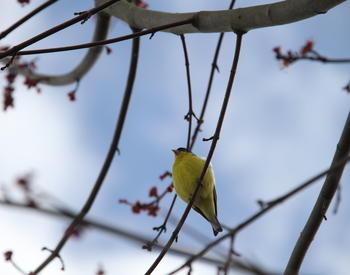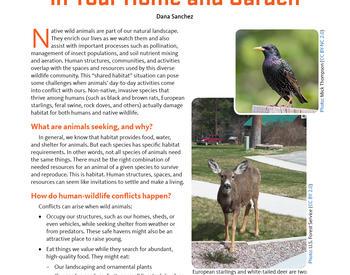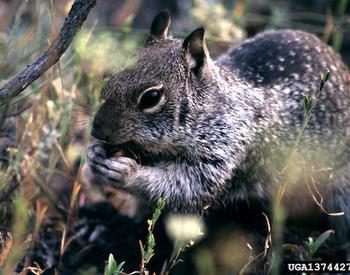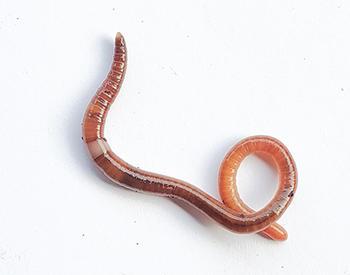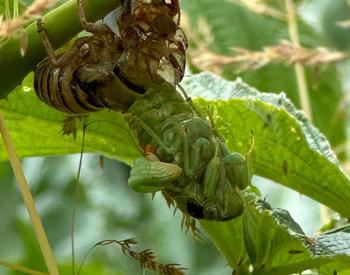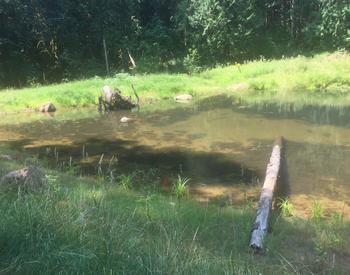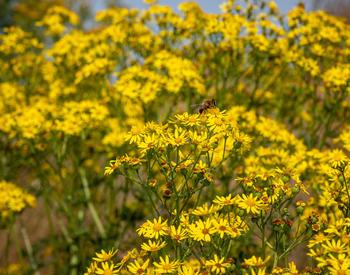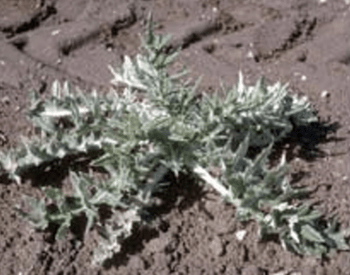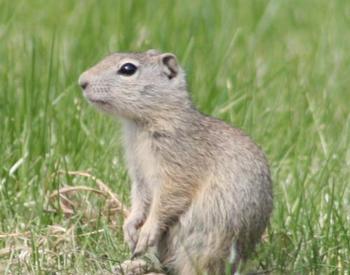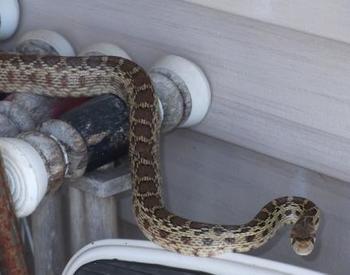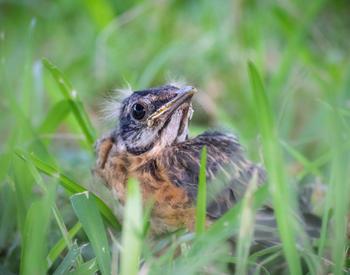My backyard got invaded by gophers (or someone who enjoys making holes). I'm worrying that I might injure myself in the holes. I have tried setting traps, but have been unsuccessful.
I heard some snakes can kill gophers, but I'm also aware not to release invasive creatures. What do you recommend?
Thank you for reaching out, and sorry to hear that you're dealing with these holes in your property.
Rodent Identification
First, understanding what rodents you have is important for choosing an approach to control them. Here are some common burrowing rodents.
- Voles: make small mouse-sized holes and trails through the grass, eat grass
- Gophers: leave mounds of dirt with larger holes, eat entire plants dragged underground
- Moles: leave volcano-shaped dirt mounds, eat worms and insects
We suggest identifying the rodent to understand what attracted it to your yard. You may be able to remove some factors that attract them.
This article is a helpful introduction to recognizing what rodents you have and selecting appropriate traps and potentially, pesticides: Moles, voles and gophers dig the garden, OSU Extension
Rodents (especially voles) reproduce quickly, have many offspring, and often avoid traps and baits, so choosing an integrated pest management strategy with more than one control method is key. Simply trapping the rodents may be only a temporary solution.
Encouraging Predators
Attracting snakes can be part of an integrated pest management strategy to control rodents. This publication provides more details on the kinds of habitats and features to include on your property if you'd like to attract snakes: The Wildlife Garden: Attract Reptiles and Amphibians to Your Yard, OSU Extension
Rock piles with hiding places underneath are attractive habitats for snakes. Please note that it is not advised to purchase and relocate snakes to your property. In addition to the risk of introducing an invasive species to the area, wild animals that are relocated have a less than 50% survival rate in their new habitat because they're not familiar with the landscape and are easy pickings for predators.
Another predator option is to encourage barn owls or another predator bird to move onto the property. More information on their habitats and how to attract them can be read here: Attracting Birds of Prey for Rodent Control, OSU Extension
For both of these predator options, note that if you poison the rodents, and then your predator eats the rodent, the predator may also be poisoned. You may choose to skip pesticides in favor of traps and attracting predators. If you wish to consider pesticides, National Pesticide Information Center can help you select options that are less likely to harm predators.
Additional resources:
- Solutions for Mice, Rats & Wildlife, Solve Pest Problems
- Living with Snakes, OSU Extension
- Watch: Dueling with Diggers, OSU Extension
Best of luck!
Use pesticides safely!
- Wear protective clothing and safety devices as recommended on the label. Bathe or shower after each use.
- Read the pesticide label—even if you’ve used the pesticide before. Follow closely the instructions on the label (and any other directions you have).
- Be cautious when you apply pesticides. Know your legal responsibility as a pesticide applicator. You may be liable for injury or damage resulting from pesticide use.
